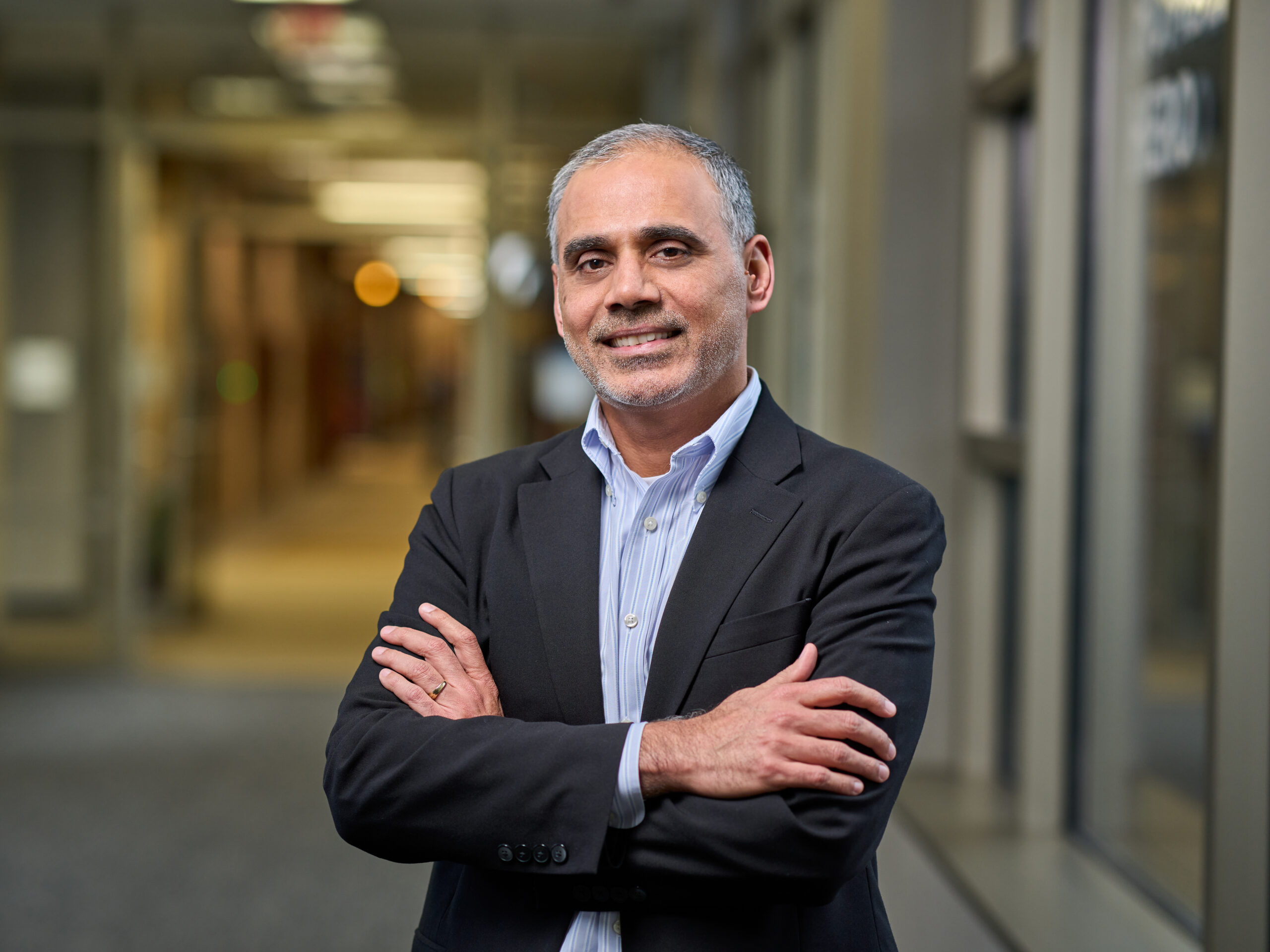Lower Health Care Costs Are Just a Captive Away. How edHEALTH Partnered with Vermont to Get the Job Done

When it comes to receiving a higher education degree, many people’s immediate thought turns to its lofty price tag.
“Higher ed has always been under a lot of scrutiny in terms of being able to provide a quality education at an affordable price,” said Tracy Hassett, president of edHEALTH, “an employee health care solution for higher education and secondary schools,” according to its mission statement.
Hassett continued, “Higher ed is open to looking at alternatives for funding some of their operational expenses.”
One of these alternative solutions is the implementation and utilization of captives, or a group captive, which give higher ed institutions the opportunity to self-insure, resulting in adequate coverage with reasonable pricing.
For higher ed entities looking to create, or partake, in a captive or group captive, the State of Vermont is an optimal partner. Not only is Vermont a stakeholder in the higher education space, with the presence of standouts like the University of Vermont and Middlebury College, just to name two, but also its involvement in the higher ed risk transfer and retention space has grown over the years.
“There is a long, productive relationship between higher education and captives, certainly here in Vermont,” said Christine Brown, director of captive insurance, Department of Financial Regulation.
“Some of Vermont’s largest captives have been around since the very beginning – since 1986 or 1987 – with owners who are in the higher education space.”
edHEALTH is just one example of how captives and higher education can collaborate and discover innovative solutions to address insurance needs. The story of edHEALTH is not only an example of how to productively lay the foundations for a group captive in higher education, but it also proves that a venture such as this can be, and remain, successful.
Addressing Challenges with Captives
The utilization of captives is particularly beneficial when it comes to insuring risks or meeting challenges that can be difficult to find coverage for. For the higher education space, the challenges come in multitudes, according to Hassett.
“The higher education space is met with so many challenges,” she said. In particular, Hassett mentioned the newer risks, byproducts of the pandemic, as notable hurdles for the sector.
“With COVID, and not having faculty, students or staff on campus, that created a whole new set of potential liability,” Hassett said. “Cyber [risk] is one that exploded particularly in higher ed with everyone working remotely.”
Additionally, Hassett noted other significant risks within the higher education space, which include medical stop loss for faculty and sexual abuse & molestation claims.
Coupled with these risks, the hardening market has made carriers more conservative when it comes to what they are willing to insure. Brown noted this is especially true with various liability claims that higher ed institutions may face.
With these specific risks and the current state of the market, turning to a captive provides benefits.
“[Specifically] with sexual abuse and molestation claims and Title IX, these are all [risks] that colleges and universities face on a daily basis,” Hassett said.
“Having an insurance company that they own – a captive – allows them to better control the coverage and the price to better protect everyone on campus.”
The hardening market also fosters gaps in coverage that a captive can readily fill.
“By owning a captive, an institution can really tailor its coverage to meet the needs of the institution, its employees, volunteers and stakeholders,” Brown said.
Brown specifically noted how captives address the needs of liability coverage, from medical professional liability to legal liability, and more. Captives can also serve as a valuable tool in niche scenarios, including university research centers and global, satellite campuses.
Getting to Know edHEALTH
The year is 2008, and the Affordable Care Act is about to be signed into law. A group of colleges in the New England and New York area, looking to cut costs, began discussions on what was one of their highest expenses: health care benefits for their faculty & staff.
“We started having conversations about how we could best tackle the health care expense issue for a group of schools,” Hassett recalled.
A consultant was hired to conduct a feasibility study to determine various solutions, and which would be the most optimal route to take.
“The feasibility study results came back and suggested that we start a group captive for our members to put our medical stop loss into, domiciled specifically into the State of Vermont,” Hassett said.
While the conversation of looking into an insurance solution was opened in 2008, the launch of edHEALTH did not take place until 2013. Fortunately, this worked in the group captives’ favor, as by that time, the group already had six universities interested in joining.
Fast forward to today, edHEALTH has not only been launched; it’s thriving.
“When we launched, we had six schools,” Hassett said. “Today, we have 25.”
And, as edHEALTH is about to mark its 10th year of existence, the group captive is proud to note it has a 100% retention rate and has saved its members more than $150 million in coverage costs.
The Secret to Success
With the prosperity edHEALTH has experienced, Hassett said that many times, the group has been asked what the secret to its success is. Hassett said it comes down to relationships.
“It’s all relationships —–all the members have to trust each other,” she said. “It’s relationships with the advisors, relationships with our business partners, relationships with regulators. The only way to have a successful captive is to make sure you have trust and relationships.”
And while Hassett said the birth of edHEALTH originated from a need to save money, the mission of the group captive has become much more.
“When we first started, [edHEALTH] was looked at more as a funding mechanism, but as we’ve matured, we’ve realized that it’s more than just money,” Hassett said. “Health care is about the wellbeing of our faculty and staff, so we have a very strong focus on making sure we’re providing programs that our member-owners can implement at their schools.”
And with aiding universities and their faculty and stuff, edHEALTH has been able to drive health care costs down. Furthermore, edHEALTH serves as a captive solution that encompasses a holistic approach, appeasing both financial and wellbeing needs.
Take a Page from edHEALTH’s Book
What can other group captives in the higher education space learn from edHEALTH? According to Brown, the takeaways are endless.
Brown praised edHEALTH for their ability to cultivate meaningful relationships and communications within the captives space: “From the regulator perspective, it shows that they’re being thoughtful and pragmatic in the decisions that are being made through the use of the captive.”
The communication that is so valuable spans not just “with brokers and carriers, but with service providers and other industry partners” also, per Brown.
She continued, “The clear communication of goals, being innovative and using data to improve outcomes, and always looking ahead to the future are some of the key takeaways that bring value to the membership.”
Additionally, edHEALTH’s story proves the benefit of utilizing captives as an innovative tool within a veteran industry.
“[Captives] are not just for larger companies,” said Brittany Nevins, captive insurance economic development director for the Vermont Department of Economic Development.
“Nonprofits, educational institutions, government entities can all benefit from captive insurance. They can provide a significant ripple effect in local economies and produce great economic benefits,” she said.
Hassett noted that on a personal level, being able to save universities money and in turn making education more affordable means a lot to her.
“As somebody who has put three kids through school, it’s thrilling to me to be able to help schools save money so that they can put more resources toward their students and to know that schools want to do it as well,” she said. &











